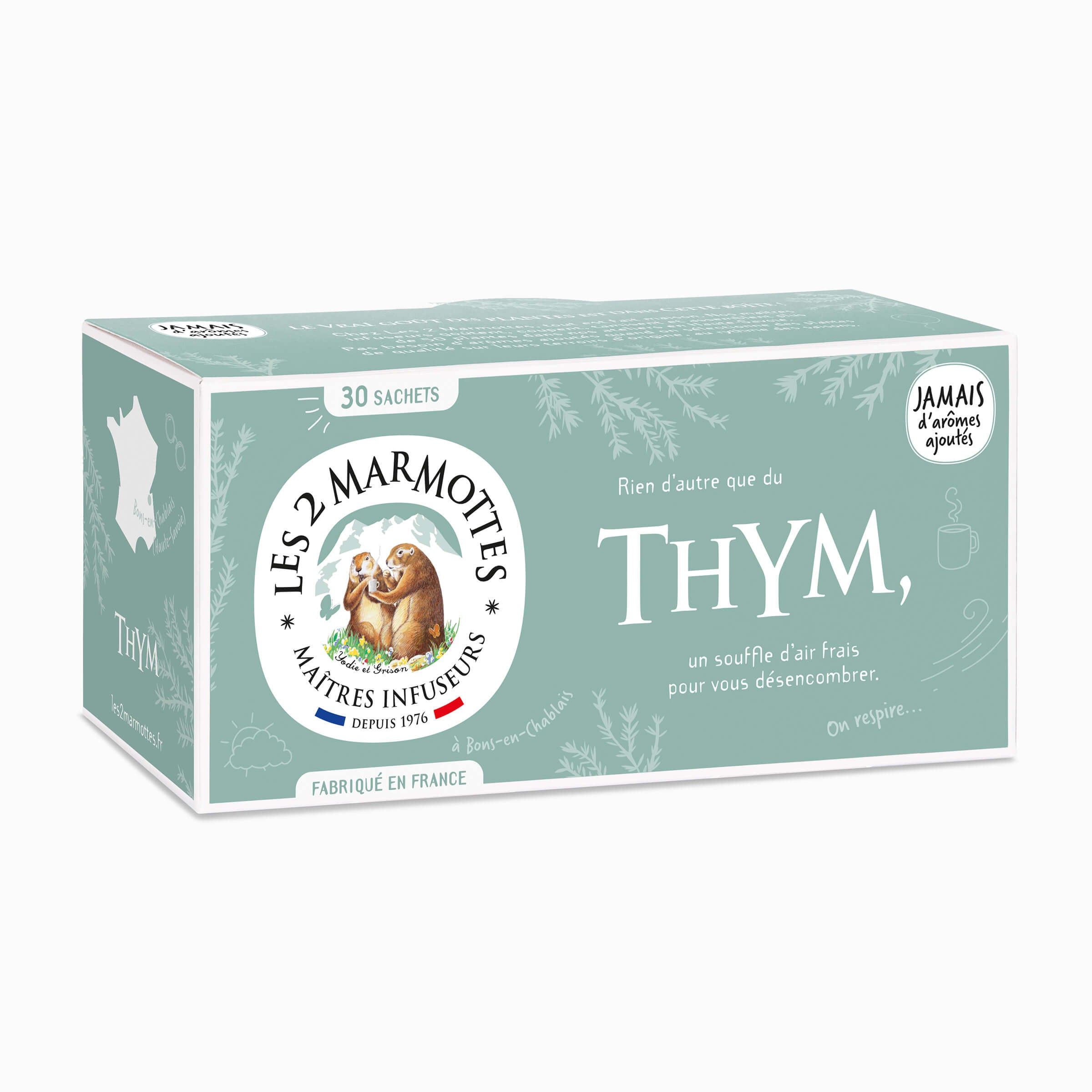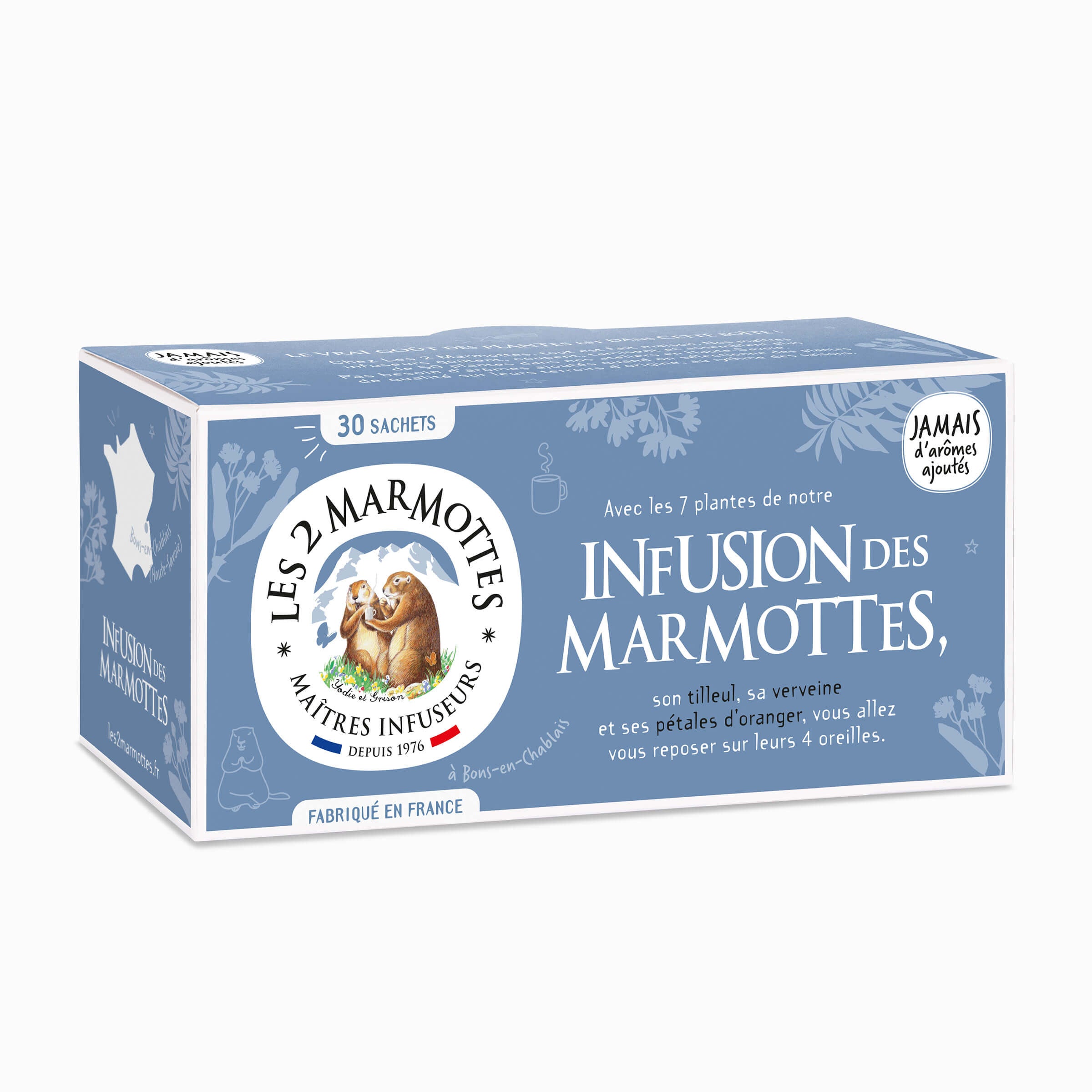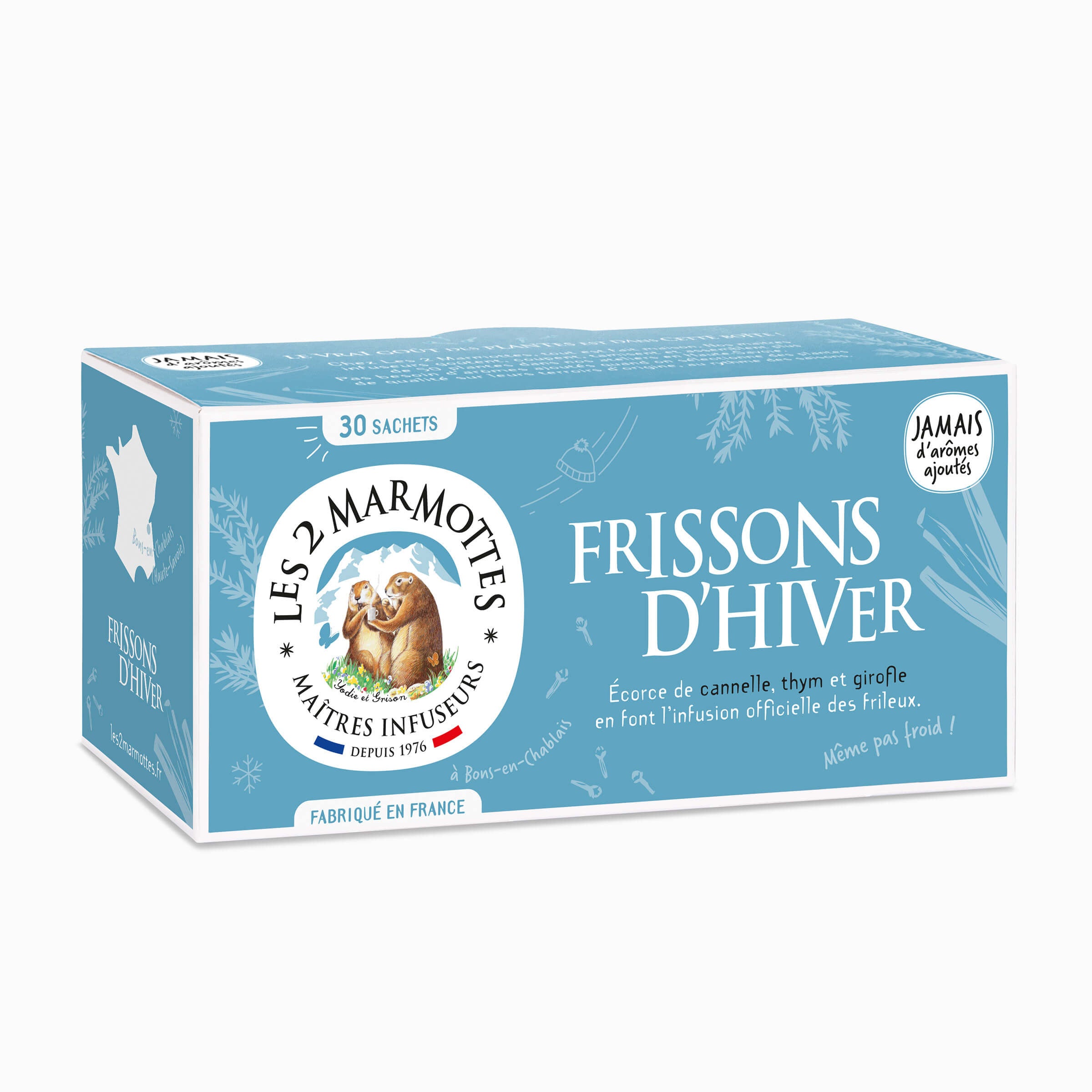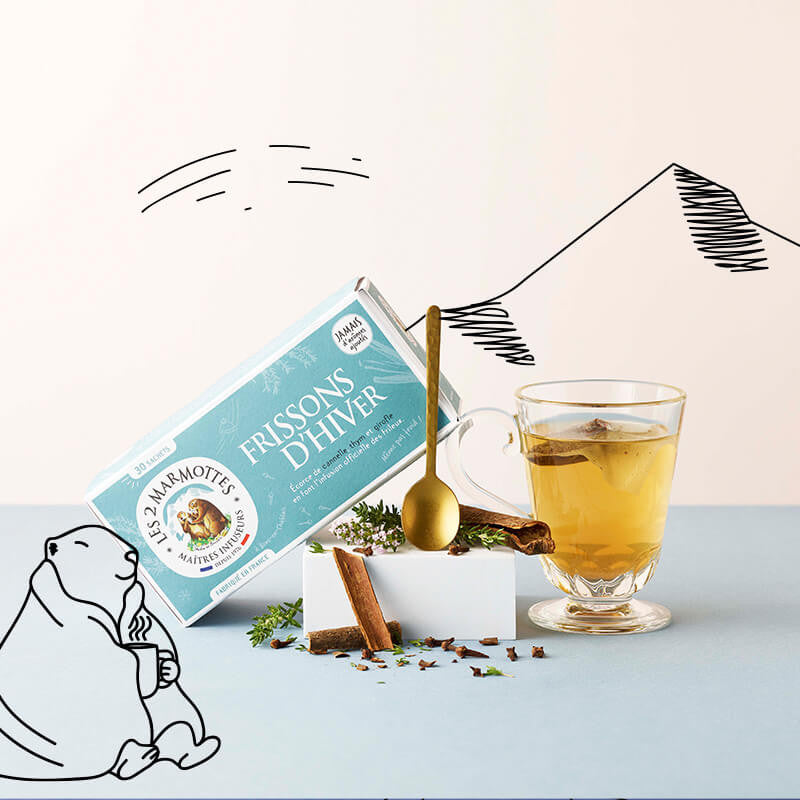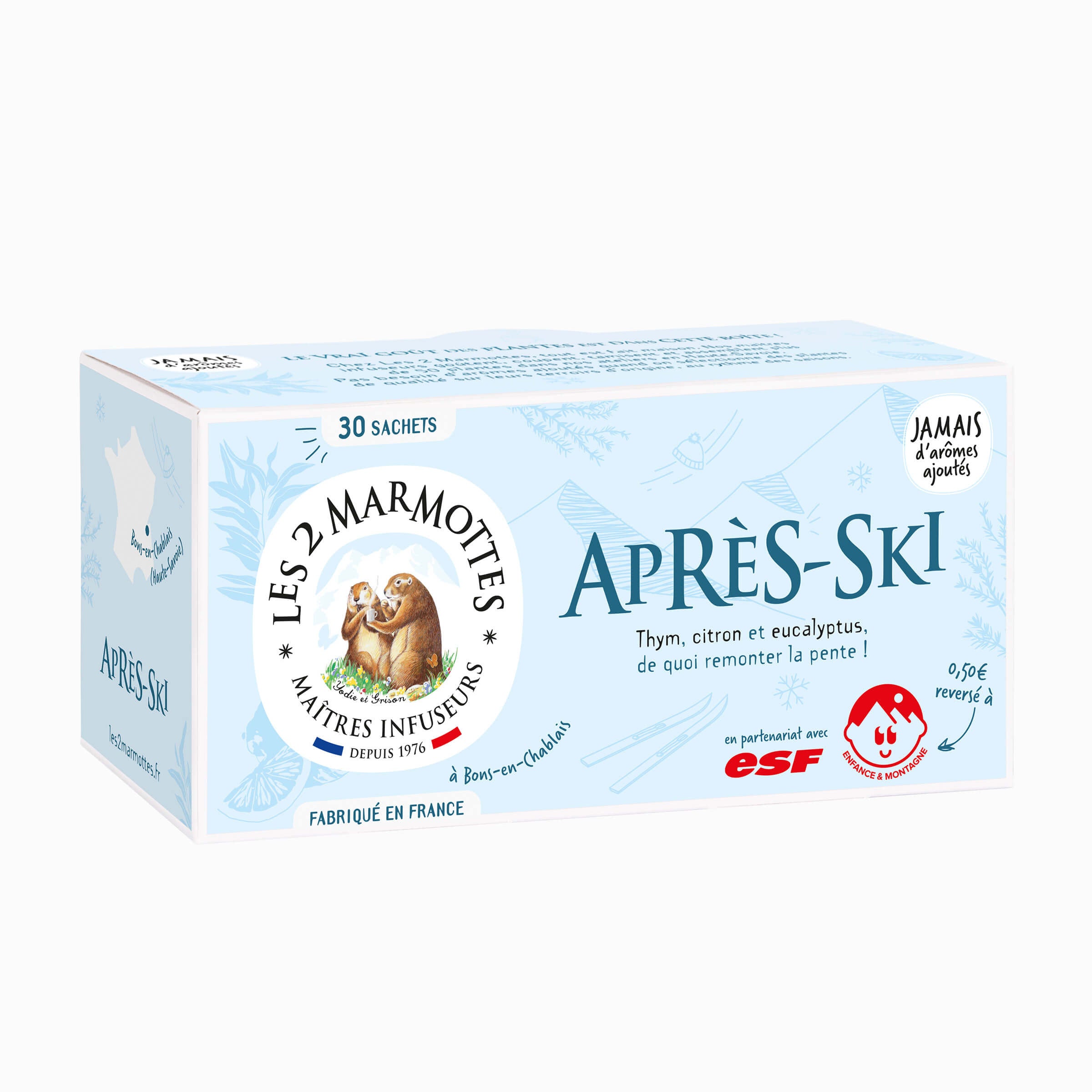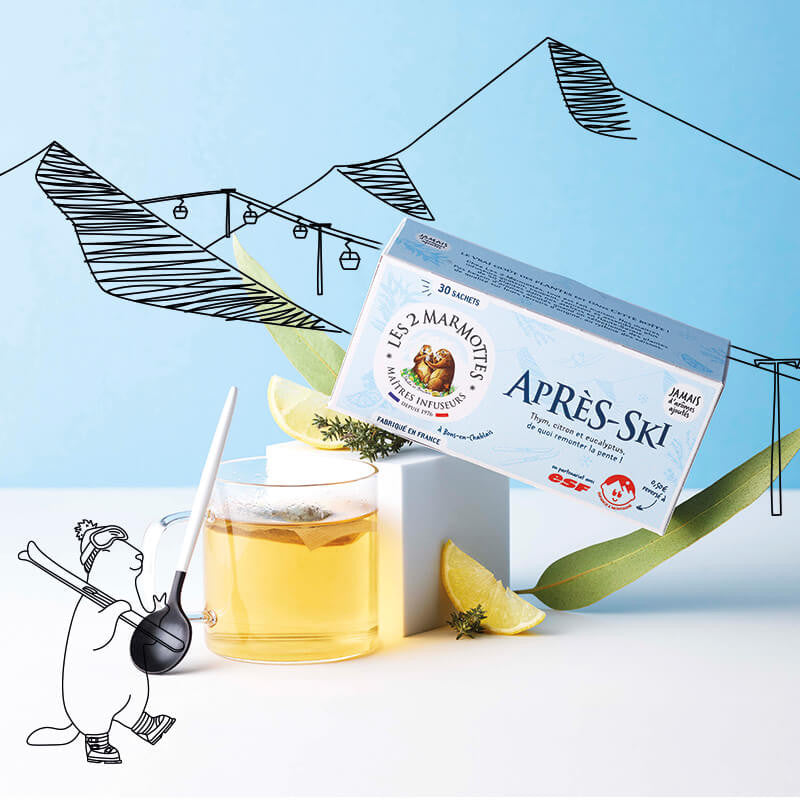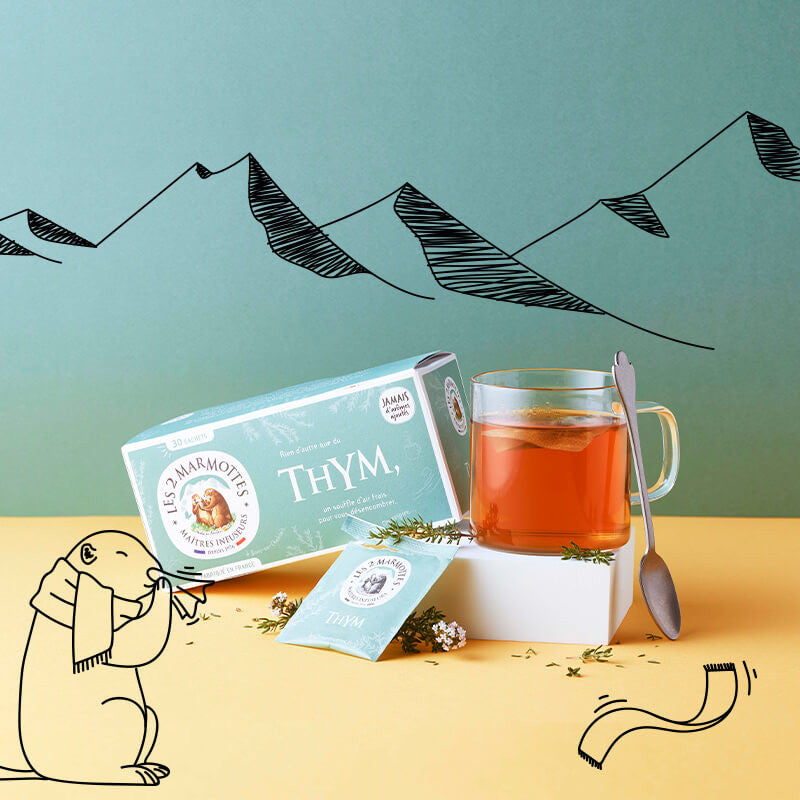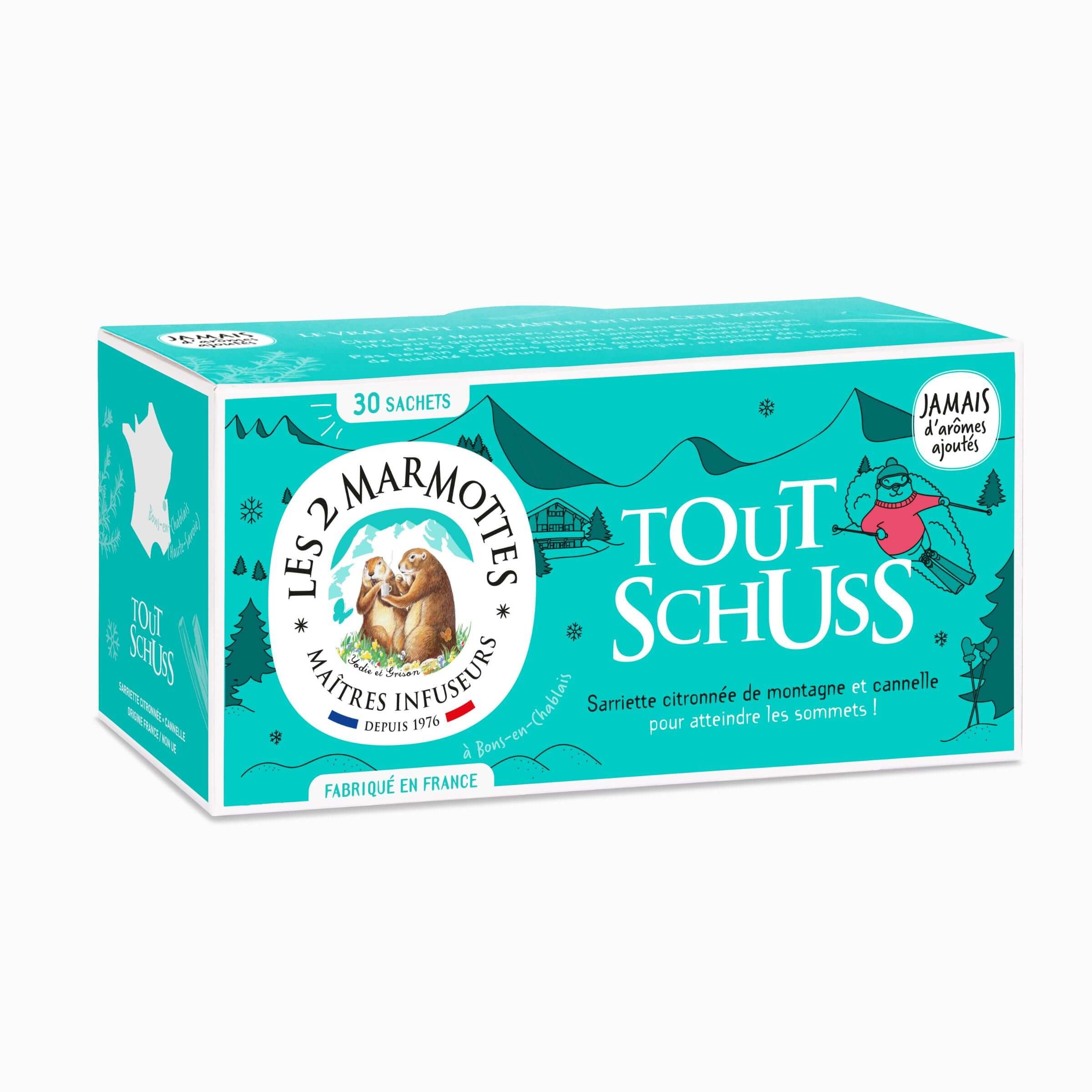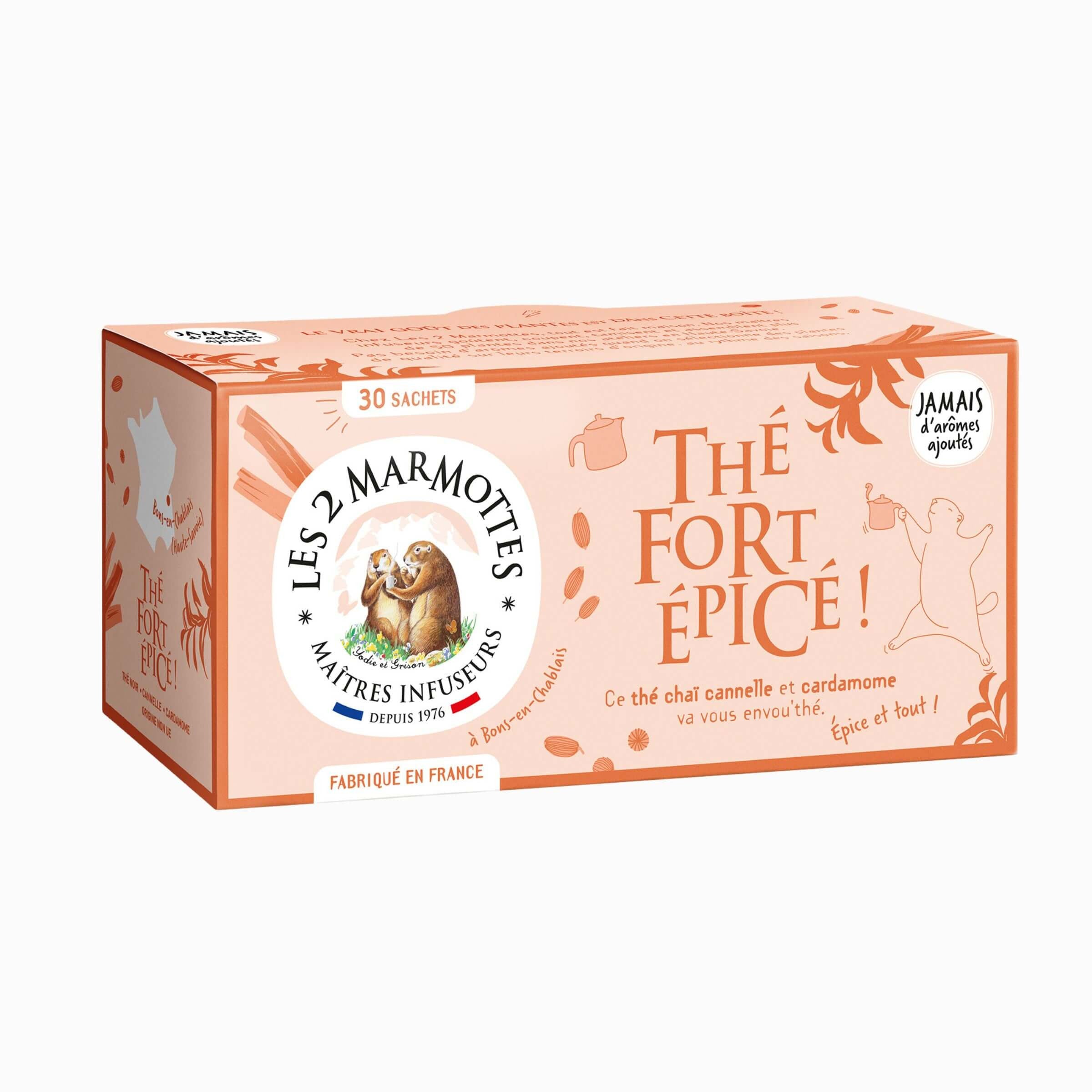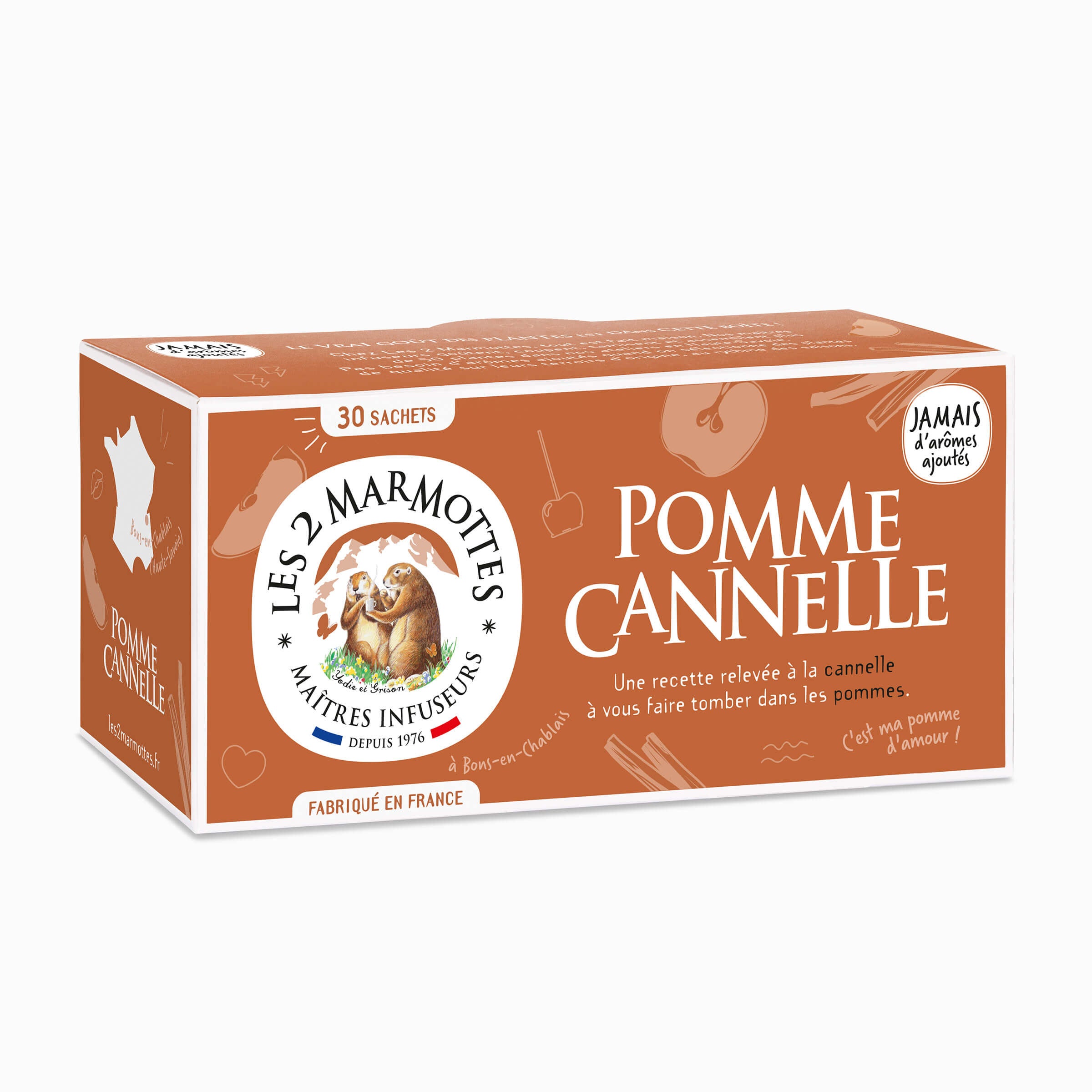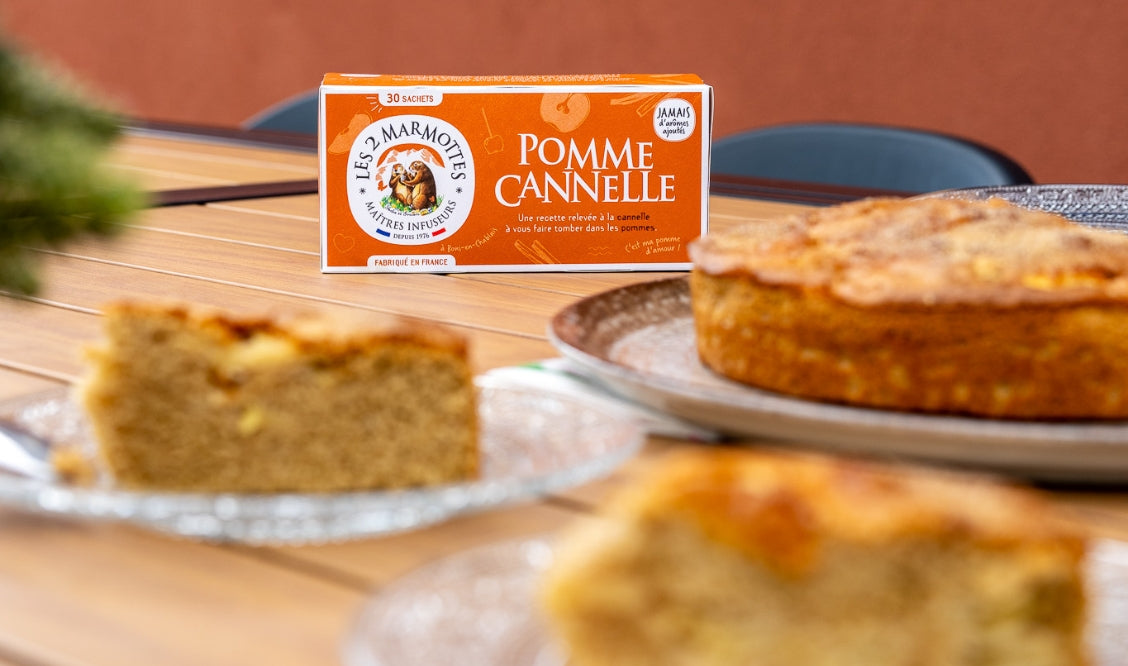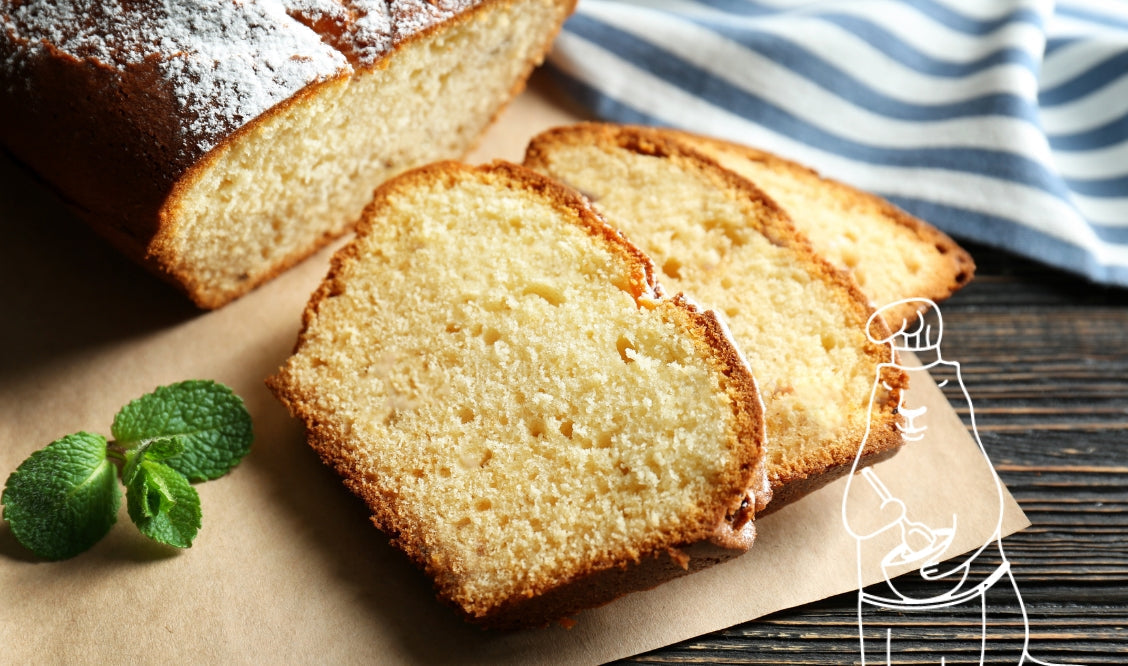Do you dream of being a true king or queen of the kitchen? Of transforming a simple pasta dish into an absolutely delicate dish? Nothing could be simpler: simmering water, salt, pepper, at most the spices of your choice, but above all... a few sachets of thyme that you let infuse gently.
Sounds like the South, right? Enjoy yourself and breathe in the aromatic scent of the broth as it bubbles up, and then, at the last minute, toss in your fresh pasta. Groundhogs, being greedy, prefer ravioli, stuffed with cheese and herbs, but you can use any pasta you like. Adjust the cooking time to the pasta you choose according to the manufacturer's recommendations on the package.
PS: as marmots always have their hearts on their paws, they will share with you one last “anti-waste” secret: your thyme-infused cooking water will thicken your future sauces and give your “pasta” that little something to die for!
Once the thyme cooking water has cooled, you can pour it into an ice cube tray and freeze it: simply take out a "thyme ice cube" the next time you're in the kitchen to use it as a homemade stock cube.




